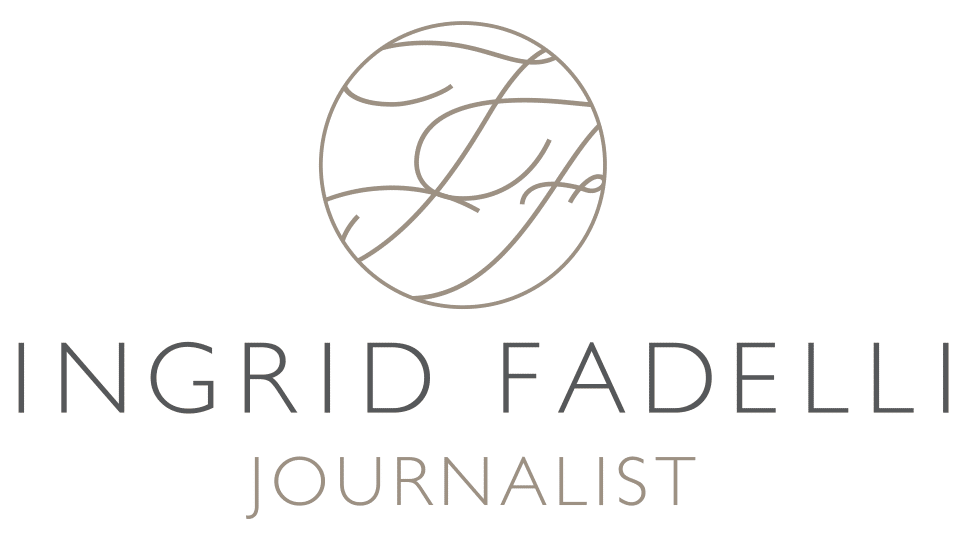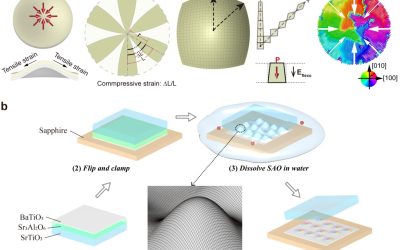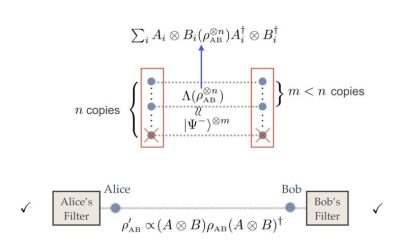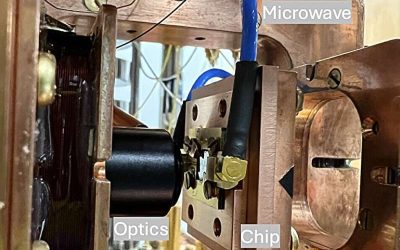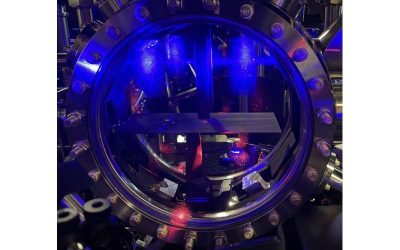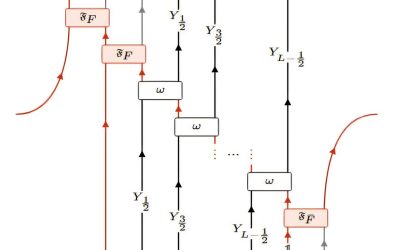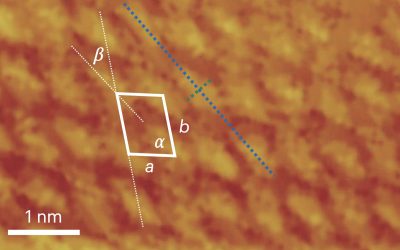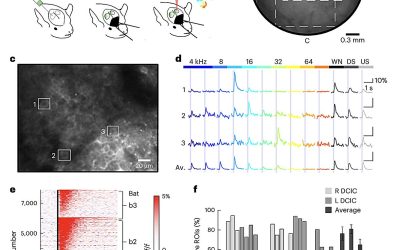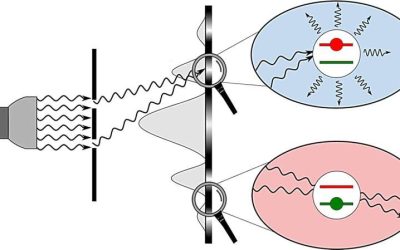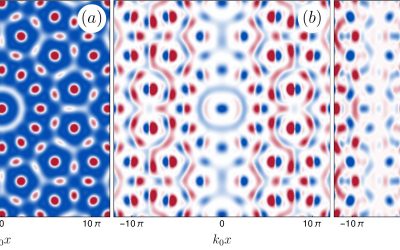Ferroelectrics are a class of materials that exhibit so-called spontaneous electric polarization, which is the separation of electric charges that can be reversed when an external electric field is applied to them. The dipole moments (i.e., pairs of equal and opposite...
PHYS.ORG
A scalable approach to distill quantum features from higher-dimensional entanglement
The operation of quantum technologies relies on the reliable realization and control of quantum states, particularly entanglement. In the context of quantum physics, entanglement entails a connection between particles, whereby measuring one determines the result of...
New microwave-to-optical transducer uses rare-earth ions for efficient quantum signal conversion
Quantum technologies, which leverage quantum mechanical effects to process information, could outperform their classical counterparts in some complex and advanced tasks. The development and real-world deployment of these technologies partly relies on the ability to...
Hours-long continuous lasing achieved using laser-cooled strontium atoms
Laser-cooled atomic gases, gases of atoms chilled to temperatures around absolute zero using laser technologies, have proved to be versatile physical platforms to study and control quantum phenomena. When these atomic gases interact with light inside an optical cavity...
Study shows that duality operators can be realized as unitary linear-depth quantum circuits
In the context of quantum physics, the term "duality" refers to transformations that link apparently distinct physical theories, often unveiling hidden symmetries. Some recent studies have been aimed at understanding and implementing duality transformations, as this...
Molecular engineering approach could boost hydrogen evolution reaction activity by up to 50 times in alkaline media
Electrolyzers are devices that can split water into hydrogen and oxygen using electricity and via a process known as electrolysis. In the future, these devices could help to produce hydrogen gas from water, which is valuable for a wide range of applications and could...
Clustered neurons in bat midbrain encode categories of vocalizations, study finds
The ability to quickly recognize sounds, particularly the vocalizations made by other animals, is known to contribute to the survival of a wide range of species. This ability is supported by a process known as categorical perception, which entails the transformation...
The first experimental observation of Dirac exceptional points
Exceptional points (EPs) are unique types of energy-level degeneracies that occur in non-Hermitian systems. Since their existence was first proposed more than a century ago, physicists have only been able to experimentally observe two types of EPs, both of which were...
New quantum optics theory proposes that classical interference arises from bright and dark states of light
Classical physics theories suggest that when two or more electromagnetic waves interfere destructively (i.e., with their electric fields canceling each other out), they cannot interact with matter. In contrast, quantum mechanics theory suggests that light particles...
New physics theory to study low-energy excitations in quantum quasicrystals
Quasicrystals, exotic states of matter characterized by an ordered structure with non-repeating spatial patterns, have been the focus of numerous recent physics studies due to their unique organization and resulting symmetries. Among the quasicrystals that have...
